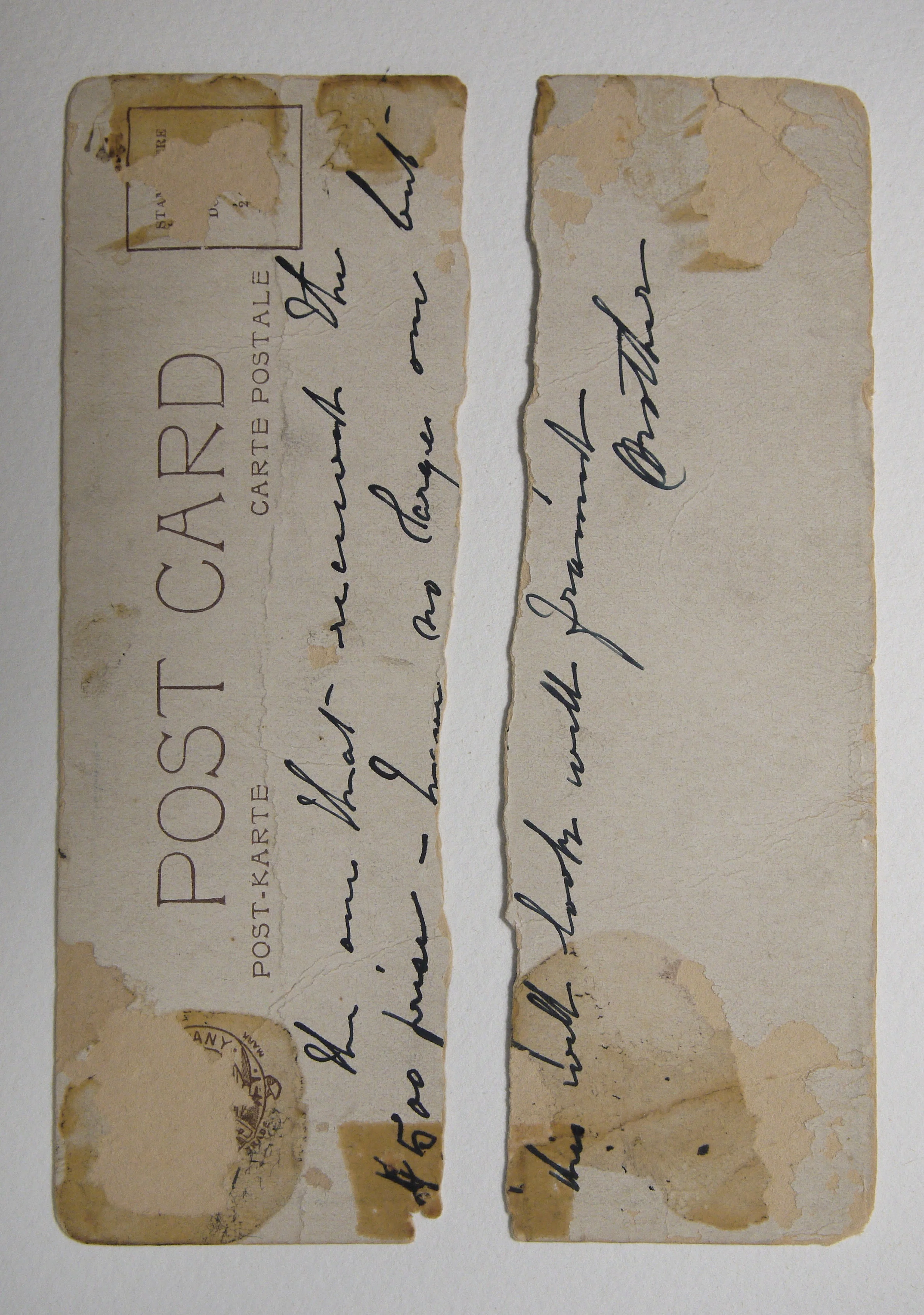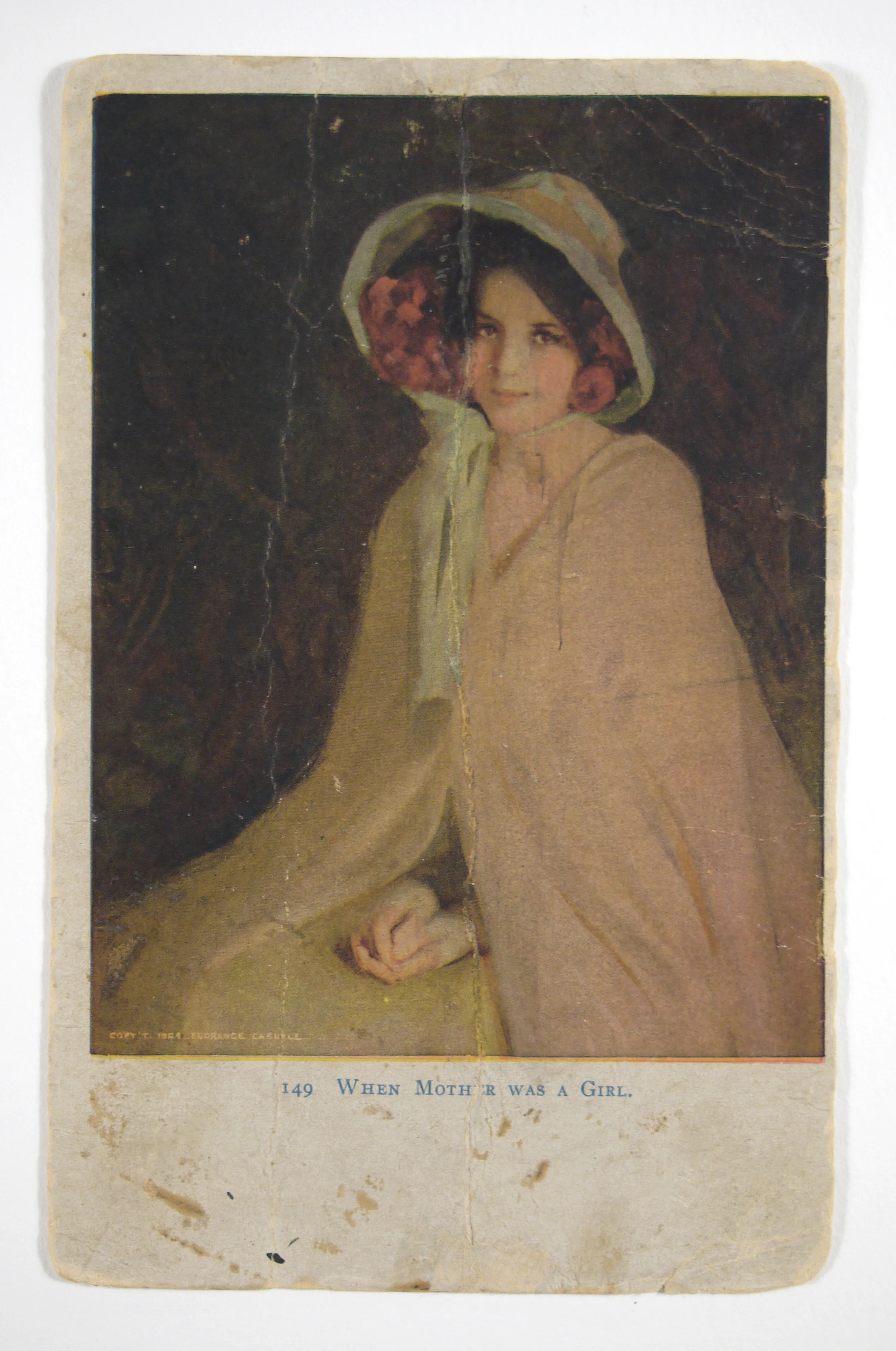Merry Christmas and Happy Holidays from Book and Paper Conservation Services. Wishing you much joy and cheer with loved ones this holiday season, and a happy and healthy New Year.
We look forward to serving your art conservation needs in 2017.
Stains and a tear have been repaired on this antique christmas greeting card.













